Moving up from a point and shoot to a digital single lens reflex camera is a big step. And actually, a DSLR can be a better buy than a new point and shoot, many of which rival the prices of entry level or used DSLRs. Keep in mind when you buy a new body, the lenses are the most important elements. Once you start investing in them, it makes it much harder to switch brands. So if it isn't too late, do some research.
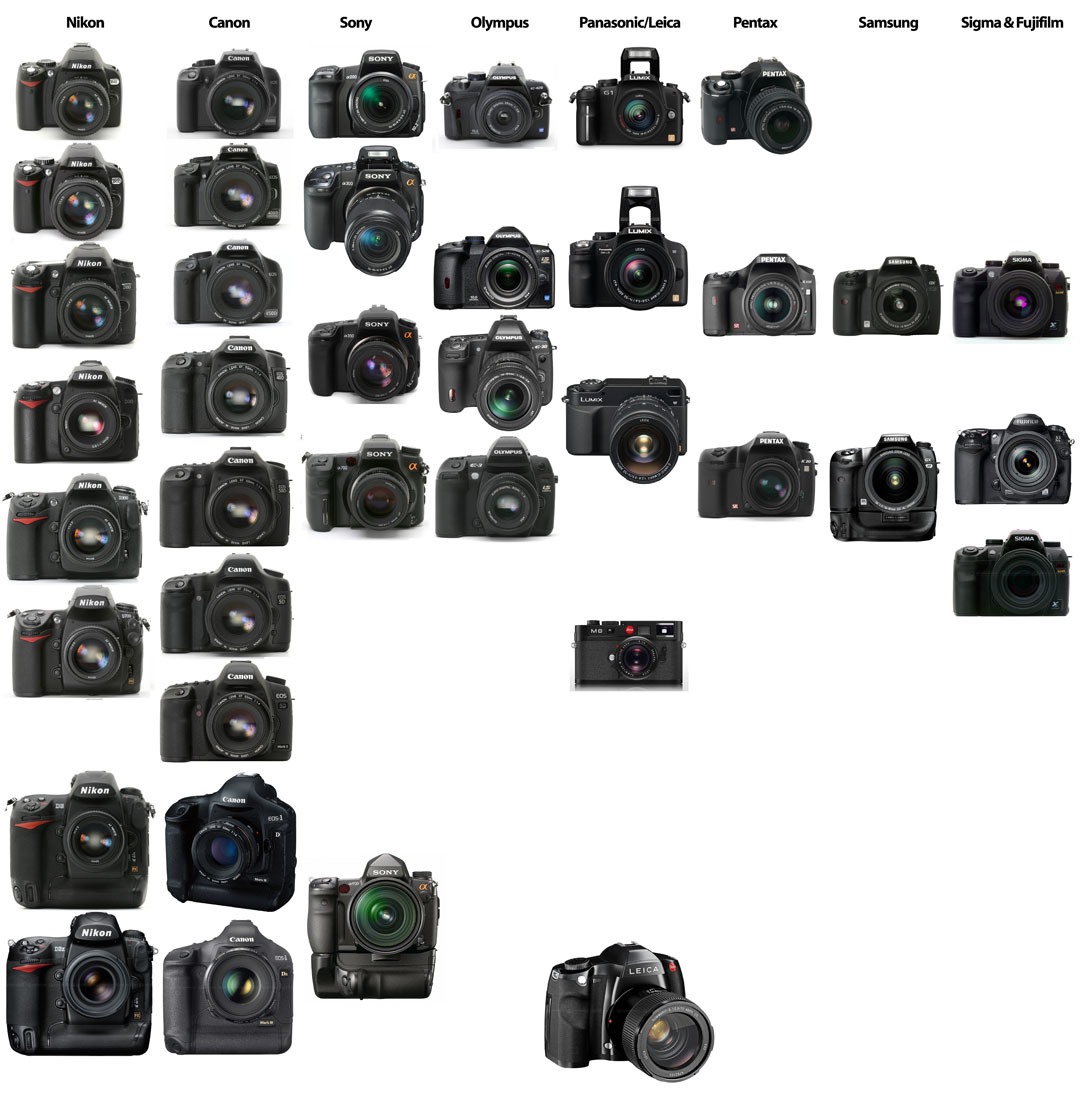
The first thing many photographers recommend is that you take off the kit lens, which is always a zoom lens, and get yourself a fixed 50 mm lens. There are very inexpensive versions, and very expensive ones. As a Canon shooter, I keep a 50 mm Macro lens (around $300) on my camera at all times. You should put that or another version of the fixed 50 mm lens on your camera and leave it there for a period of time.
Here's what sticking to the 50 mm lens for a few months does for you:
- Makes you practice zooming with your feet, and think about the frame.
- Gets you sharper pictures: a cheap fixed lens is almost always sharper than a cheap zoom lens.
- Gets you bodacious bokeh, the dreamy out of focus background behind your subject that you see in magazines. Fixed lens tend to be faster (have larger apertures) than zoom lenses, so if you shoot mostly wide open and put some distance between your subject and the background, you get beautiful bokeh.
- Gets you accustomed to what a lens does to an image based on shooting angle and perspective.
- Get you used to looking at the corners of the frame, not just the middle of it.
Now that you have a DSLR, get this straight in your head, right away! Read this ten times: Shoot in manual—that's what you got the DSLR for! P is not for Professional!
Here are the three basics you must familiarize yourself with:
1. APERTURE
Aperture is measured in f-stops. It's the hole in the lens that you shoot through, controlled by thin metal blades that form an iris (think about your own iris and how it changes in response to light). The lower the number (2.8 versus 16), the bigger the hole/iris.
2. SPEED
Speed is measured in stops. It's the speed at which the shutter travels across the sensor, behind the aperture. The higher the number, the faster the shutter moves. Think fractions of a second (200 is 1/200th).
3. ISO
ISO is measured in stops. It's really a throw back to the film era and reflects the sensitivity of the film to light, the higher the number (1600 versus 200), the more sensitive but the more grainy (we say 'noisy' in digital) the picture will be.
Now, hopefully you noticed that I said all three are measured in stops, even though the actual measurement is the size of the hole (aperture), speed in fractions of a second (shutter) and sensitivity (ISO). Think of baking a cake; you use eggs, sticks of butter, and cups of flour and you wind up with a cake. You never think about how different these measuring devices are, you just know that some cakes have more eggs, more cups of flour or more sticks of butter. Great pictures are the same way—lots of different ways to do the physics and wind up at the same place.
Feel free to post any questions below, or in the forum!
- Coming soon: Tips on using your first portable flash, and advice on buying used equipment.
- Previously, So You Just Bought Photoshop. Now What?
Just updated your iPhone? You'll find new emoji, enhanced security, podcast transcripts, Apple Cash virtual numbers, and other useful features. There are even new additions hidden within Safari. Find out what's new and changed on your iPhone with the iOS 17.4 update.



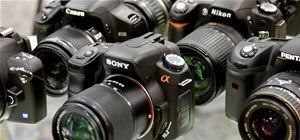


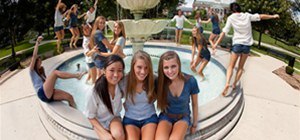

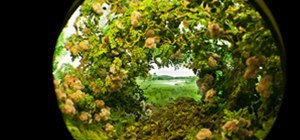

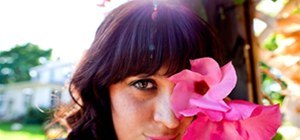
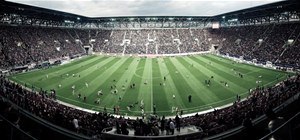






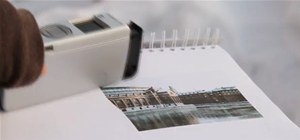
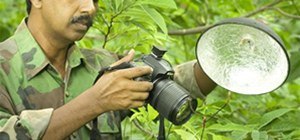



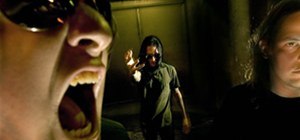
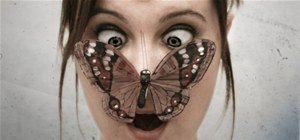
2 Comments
why konica minolta is not on the list?
sooo many cameras, so little time!
Share Your Thoughts